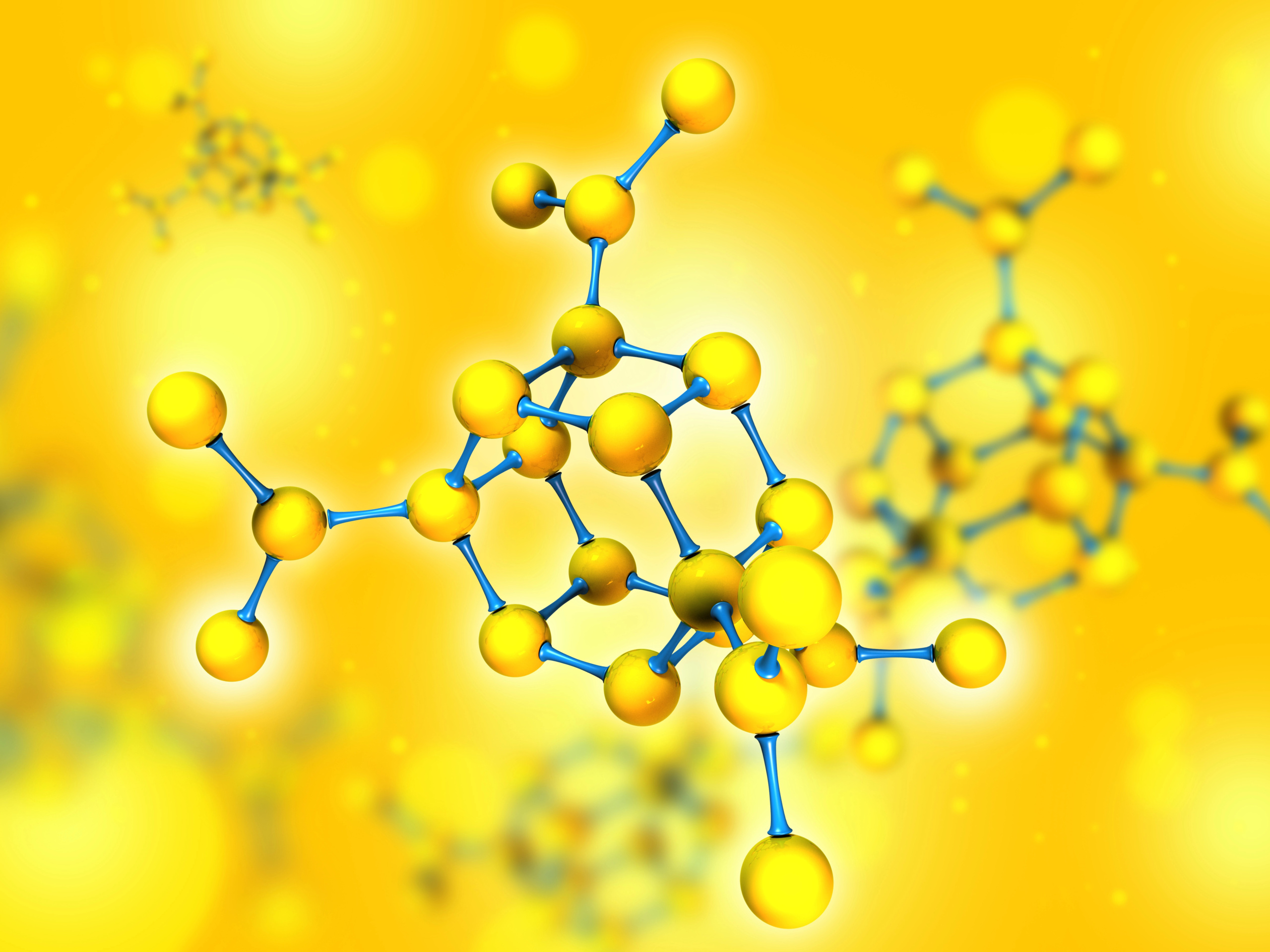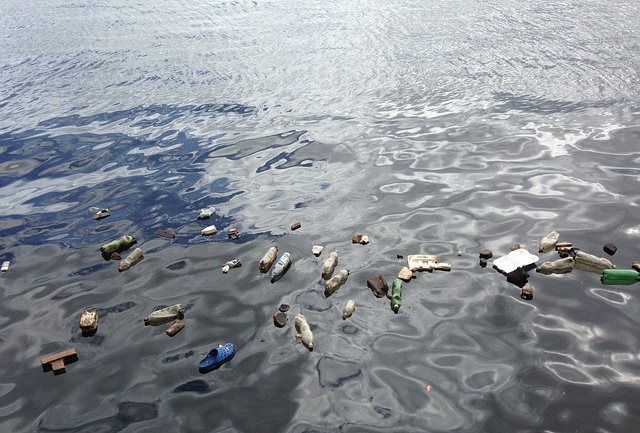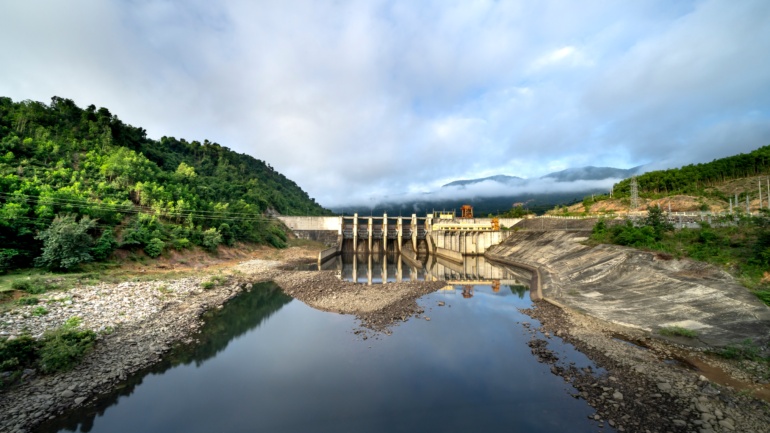By Sakshi Kabra Malpani, Publishing Associate: Researcher and Writer at Save the Water™ | April 28, 2024
Researchers are harnessing light energy with photocatalysts to remove harmful pollutants from wastewater. Clean drinking water is a basic human right, yet water pollution remains a pressing global challenge. Traditional wastewater treatment methods often fail to address emerging contaminants and persistent pollutants. By leveraging the power of light and catalysts, photocatalysis offers a sustainable and effective approach to purifying water.
What is Photocatalysis?
Photocatalysts are materials, especially semiconductors like titanium dioxide and zinc oxide, that accelerate chemical reactions under light irradiations. When photons of sufficient energy strike the photocatalyst surface, electron-hole pairs are generated. This initiates redox reactions that degrade organic pollutants and disinfect waterborne pathogens. Versatile and efficient photocatalysts harness solar or artificial light to drive these reactions, thus offering a renewable and eco-friendly solution.
Applications of Photocatalysis in Water Treatment
Photocatalysis has diverse applications in water treatment, including the removal of organic pollutants, disinfection of pathogens, and degradation of complex contaminants. Photocatalytic oxidation can effectively degrade organic dyes, pharmaceuticals, antibiotics, pesticides, and industrial chemicals. It also leads to the mineralization of pollutants into harmless byproducts. Furthermore, photocatalytic disinfection offers a chemical-free approach to water sterilization, mitigating the risks associated with conventional disinfection methods like chlorination.
Recent Developments
Recent advancements in photocatalysis focus on enhancing catalyst performance, exploring biodegradable and cheaper versions, and optimizing reactor configurations. For example:
- Researchers from Brazil came up with a greener photocatalyst based on a biopolymer known as Gellan Gum. Titanium dioxide nanoparticles mixed with Gellan gum degraded a toxic dye, Methylene Blue, from wastewater with 95% efficiency. It was used three times to treat wastewater.
- Research groups also found that metal elements like lanthanum and iron can form composites with titanium dioxide. These composites can better remove harmful antibiotics like tetracycline from polluted water. They can degrade tetracycline with a 99.1% degradation rate within two hours.
- A study showed that zinc and nickel oxide nanoparticles can also remove harmful dyes from water in the presence of visible light rays. This study’s results concluded that adding zinc to the nickel oxide nanoparticles increased its degradation efficiency up to 92%.
- Indian researchers came up with a cost-effective and eco-friendly photocatalyst. They made Kaolin clay-based nanocomposites with zinc oxide nanoparticles. Garlic peel was used to extract zinc oxide nanoparticles. It can degrade methylene blue via photocatalysis with 96% efficiency within two hours.
- By growing layers of bismuth oxybromide on clay beads or aggregates, a floating catalysts was prepared. It can effectively degrade two drugs, ibuprofen and diclofenac, to carbon dioxide and water by using solar light. Since it remains on the water’s surface, we can easily remove and reuse it. Moreover, clay beads do not harm water quality as well.
Advantages and Challenges of Photocatalysis in Water Treatment
The advantages of photocatalysis in water treatment are manifold:
- Photocatalysis offers complete degradation of pollutants with minimal use of chemicals.
- It exhibits broad-spectrum activity against various contaminants.
- It is a simple, convenient, reusable and cost-effective technique.
- The recent design of biodegradable clay-based photocatalysts has given them an added eco-friendly advantage.
However, challenges such as the need for optimal light conditions, less efficiency, lifespan, and stability of photocatalysts hinder its widespread implementation. Addressing these challenges is crucial for realizing the full potential of photocatalysis in water treatment. Developing novel photocatalytic materials, reactor designs, and operational strategies can help tackle these challenges.
Future Outlook
Looking ahead, it is clear that photocatalysis is a sustainable solution for water treatment. Interdisciplinary research collaborations, technological innovations, and policy support will drive its continued evolution and adoption. Together we can pave the way towards a sustainable and resilient water future.




